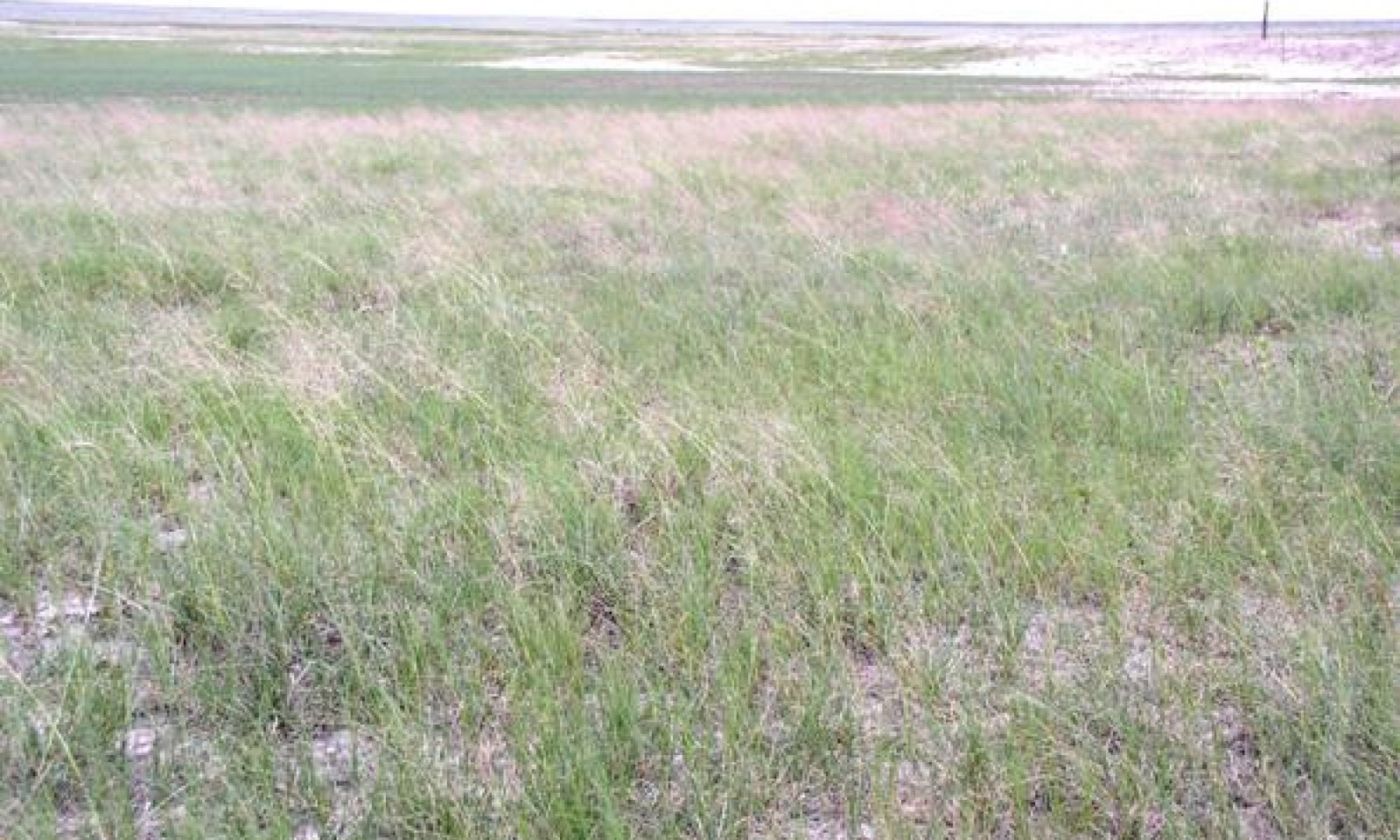
High Lime 12-17" PZ
Scenario model
Current ecosystem state
Select a state
Management practices/drivers
Select a transition or restoration pathway
-
Transition T1A
Absence of disturbance and natural regeneration over time, may be coupled with excessive grazing pressure
More details -
Restoration pathway R2A
Adequate rest from defoliation and removal of woody canopy, followed by reintroduction of historic disturbance regimes
More details -
No transition or restoration pathway between the selected states has been described
Target ecosystem state
Select a state
State 1
Grassland State



Description
The resulting Shortgrass/Midgrass Community (1.1) is a mixture of short and midgrass species with a few tallgrass species present along with a small amount of forbs and woody plants. The dominant grasses were sideoats grama, blue grama, little bluestem and alkali sacaton. Typical associated forbs included plains blackfoot, curlycup gumweed and dotted gayfeather as well as numerous other annual and perennial forbs. Shrubs such as yucca, cholla cactus and fourwing saltbush were often present in lesser amounts.
If excessive grazing continues, ecological retrogression occurs. As retrogression proceeds, this will bring about a new Shortgrass/Midgrass/Annuals Community (1.2) with decreased amounts of low vigor sideoats grama and blue grama. Less palatable species such as alkali sacaton will increase along with inland saltgrass, dropseed species and perennial three-awn species. The better quality perennial forbs will be replaced with less desirable annual and perennial forbs.
Submodel
Description
If long-term heavy grazing continues, a threshold will be crossed to a Shrubs/Annuals Community (2.1). This site will develop bare areas (>30%) and an increase in annuals and broom snakeweed with pricklypear and cholla scattered throughout the site. Western ragweed and sagewort may increase in some areas. The short and midgrass species that do remain will be in low vigor. In phase 2.1, the plant community is so degraded that it cannot reverse retrogression without extensive energy and management inputs.
Submodel
Mechanism
With Heavy Continuous Grazing, Brush Invasion, No Brush Management, No Fires, and No Pest Management, the Grassland State will transition itself to the Shrubland State.
Mechanism
Restoration from the Shrubland State to the Grassland State will require prescribed grazing with rest periods during the growing season, re-seeding bare areas with adapted native species, chemical brush control and pest management.
Relevant conservation practices
| Practice | External resources |
|---|---|
|
Brush Management |
|
|
Prescribed Grazing |
|
|
Range Planting |
|
|
Integrated Pest Management (IPM) |
Model keys
Briefcase
Add ecological sites and Major Land Resource Areas to your briefcase by clicking on the briefcase (![]() ) icon wherever it occurs. Drag and drop items to reorder. Cookies are used to store briefcase items between browsing sessions. Because of this, the number of items that can be added to your briefcase is limited, and briefcase items added on one device and browser cannot be accessed from another device or browser. Users who do not wish to place cookies on their devices should not use the briefcase tool. Briefcase cookies serve no other purpose than described here and are deleted whenever browsing history is cleared.
) icon wherever it occurs. Drag and drop items to reorder. Cookies are used to store briefcase items between browsing sessions. Because of this, the number of items that can be added to your briefcase is limited, and briefcase items added on one device and browser cannot be accessed from another device or browser. Users who do not wish to place cookies on their devices should not use the briefcase tool. Briefcase cookies serve no other purpose than described here and are deleted whenever browsing history is cleared.
Ecological sites
Major Land Resource Areas
The Ecosystem Dynamics Interpretive Tool is an information system framework developed by the USDA-ARS Jornada Experimental Range, USDA Natural Resources Conservation Service, and New Mexico State University.


